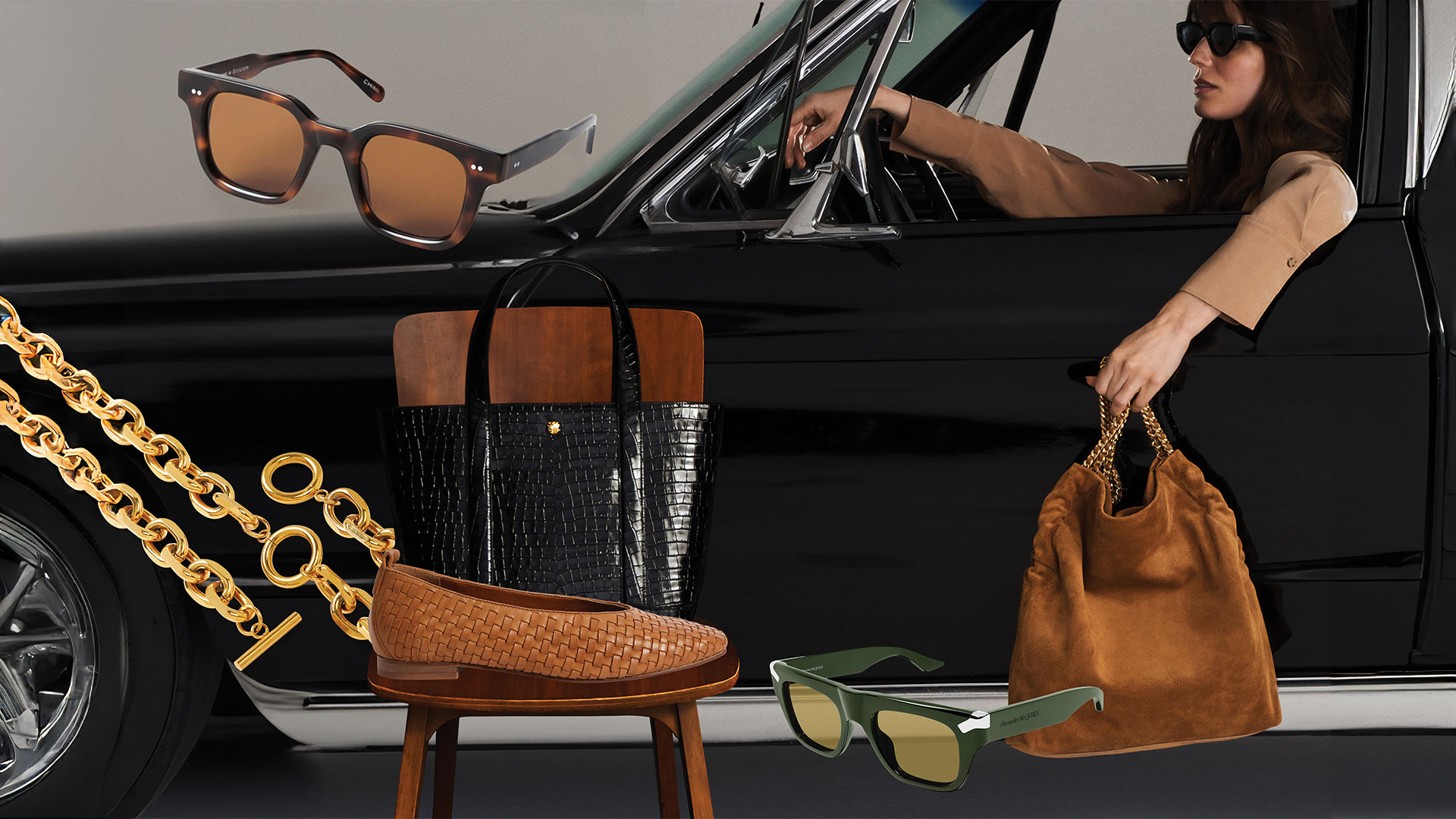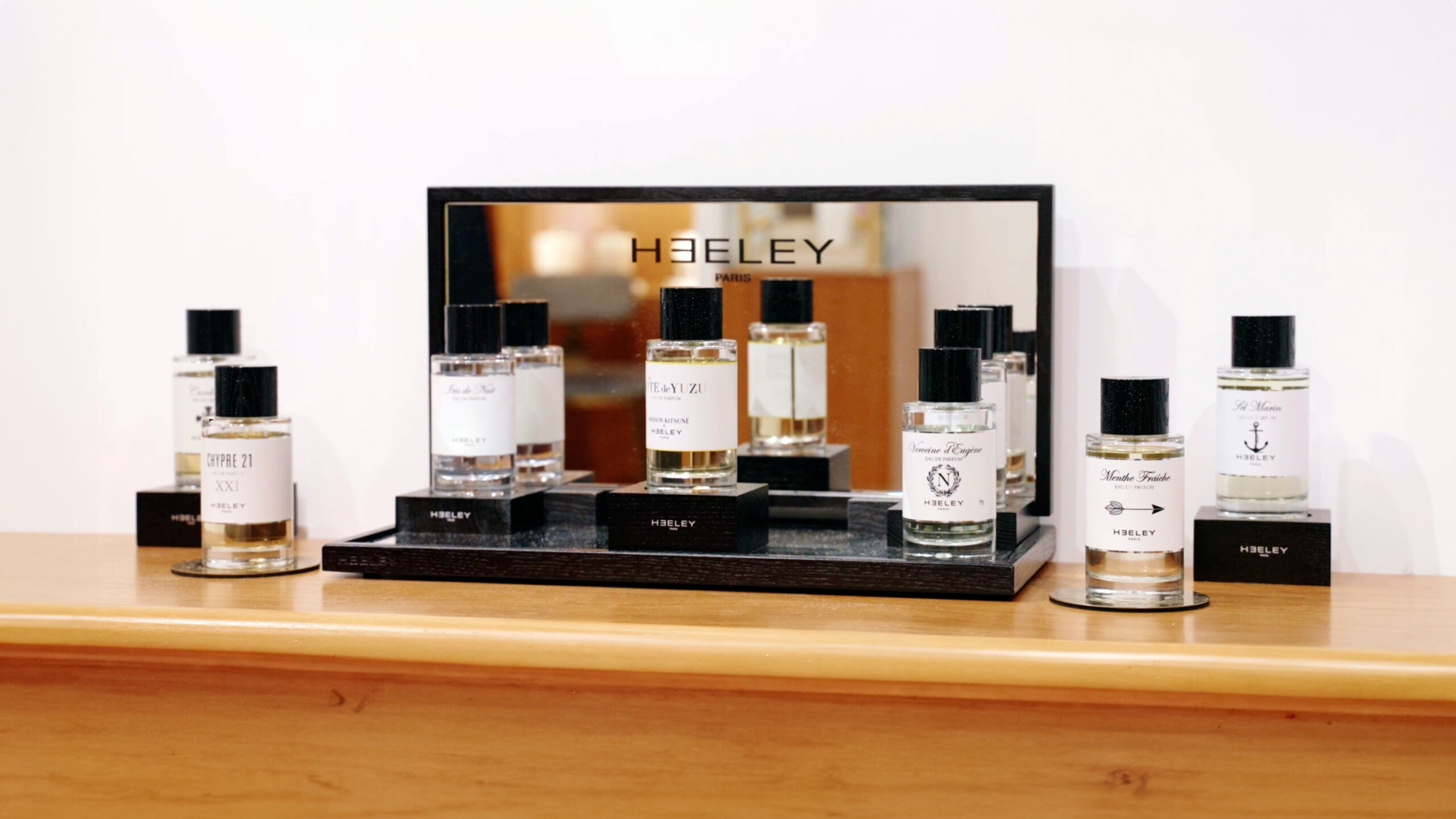
Material World: Watchmakers turn to cutting-edge materials for new creations

Quill & Pad co-founder Ian Skellern explores the growing utilisation of exotic materials in crafting high-end timepieces and selects seven medallists of outstanding merit.
While we are still waiting for the 21st century to deliver on long-promised flying cars and paperless offices, the world of haute horlogerie is experiencing something of a tech evolution. Innovative and exotic materials are increasingly being used to craft cases, dials and even movements, much to the delight of watch enthusiasts who’ve grown tired of the same old, same old.
Take Italian jewellery powerhouse Bulgari for example. The brand is perhaps best known for ultra-thin watches – and holds world records in this category – but the masculine Octo Retro Maserati models are more casual and suitable for everyday wear. While a more luxurious pink gold Maserati GranLusso model exists, it’s the GranSport version that stands out – not for its steel case but for its black diamond-like carbon (DLC) coating. DLC is a hard-wearing and scratch-resistant treatment that, together with the black dial, contrasts nicely with the highly legible retrograde minutes and jumping hours.

Next to diamonds, the second hardest material is scratch-resistant sapphire crystal, which is why it takes Hublot weeks to sculpt the complex case parts for its Big Bang Unico Sapphire − including the case band, bezel and caseback − from solid blocks of sapphire crystal.
Ricardo Guadalupe, CEO of Hublot, says the transparent case “reveals the soul of the watch – the Unico movement – and an absolute transparency extending to the strap, which has become invisible”.
“Beyond the symbolism and the play on words, the Big Bang is laying itself bare. It has nothing to hide and everything to show,” he says.

While the fine watchmaking category usually encompasses mechanical wristwatches, when it comes to high-precision mechanical movements, quartz-regulated watches cannot be beat. Breitling’s Chronospace Evo B60 features a SuperQuartz oscillator that is more than 10 times as accurate as standard quartz, boasting accuracy within 10 seconds per year (compared to 15 seconds per month).
The Evo B60 is a sporty flyback chronograph that’s capable of measuring from one-tenth of a second to 24 hours. But what qualifies the B60 for this list is its lightweight but strong grade 5 titanium case, which despite its generous 43mm size feels quite comfortable on the wrist.

Montblanc’s 1858 Collection, meanwhile, looks to history for inspiration. Taking a page from the famous Minerva chronographs of the 1930s, what makes the Automatic Dual Time model so interesting isn’t just its useful second time zone function, but also its bi-metal steel/bronze case.
Bronze is a traditional alloy made from copper and tin that develops a rich patina (tarnish) in open air, which may also turn skin green. To avoid this, Montblanc offers a caseback in steel, while the bezel and crown are forged from beautiful bronze.

With bronze covered, we work our way up the podium to gold. Some may question what’s so innovative about Audemars Piguet’s Royal Oak Extra Thin in yellow gold – one of the most traditional gold alloys.
Yellow gold (3N shade) was once the most popular precious metal alloy for watch cases, but the warmer pink gold (4N) and red gold (5N) came into fashion over a decade ago, causing yellow gold watches to virtually disappear. With its striking blue dial complementing the case, the Royal Oak Extra Thin reminds us why yellow gold was so popular in the first place.

When it comes to exotic materials, few can hold a candle to the C-SMC carbon case of Roger Dubuis’ Excalibur-Aventador S, made in collaboration with Lamborghini Squadra Corse. We reluctantly gloss over the skeleton movement (modelled on the engine of the Lamborghini Aventador) with its deadbeat seconds and twin 90-degree opposed balances linked via differential, each beating at 4Hz for higher precision, to focus on the carbon fibre case.
While carbon fibre is a relatively new material in the luxury watch world, Lamborghini has decades of experience using it in motor racing, and it shows. The watch’s impressively-sized 45mm case is remarkably lightweight.

Titanium, meanwhile – especially grade 5 titanium – is considered by many to be the best when it comes to high-tech materials and alloys, thanks to its widespread use in aerospace, aviation and medical devices. However, it’s not what you use but how you use it that counts, and titanium has rarely looked better than it does on F.P. Journe’s Octa Sport Titane. Some may baulk at wearing such a beautiful watch for playing sports, but the lightness of the titanium case and aluminium movement make the combination a sheer pleasure.
With the watch industry sharing technology with rockets and super sports cars, the results are bound to break new ground in a discipline often considered traditionalist. And as long as we continue to live in a material world, it’s only fitting that our watches rise to the occasion, serving as sterling examples of man’s mastery of the elements.
Text: Ian Skellern







